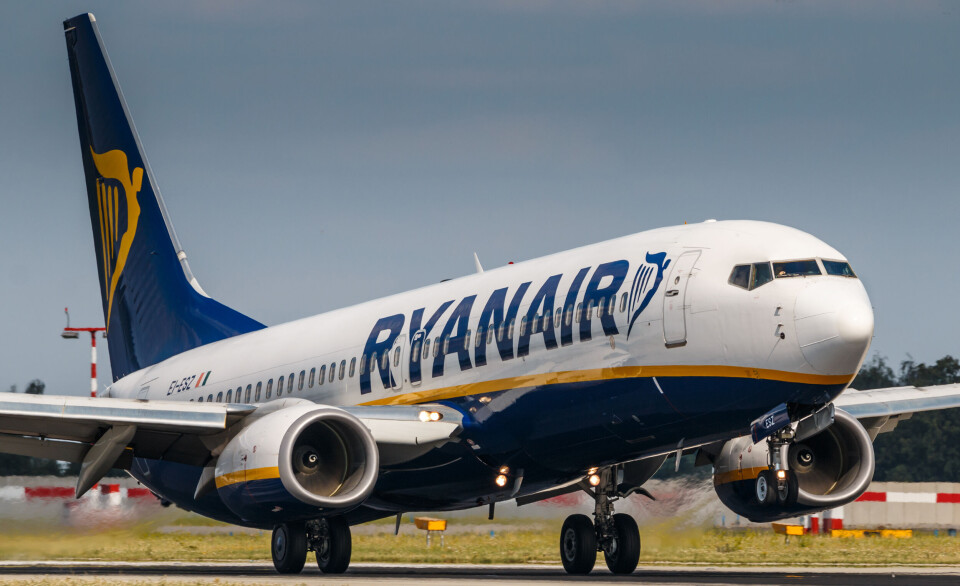-
Ryanair’s presence confirmed at Tours-Val de Loire airport
Bookings for summer flights to Marseille and Morocco are already open
-
Peak in flu cases in France expected in January
Pressure on hospitals is expected to intensify after the holiday period
-
France sees coldest Christmas Day in 15 years as ‘grand froid’ plan triggered
Sharp drop in temperature sees cold weather plan activated in more than a dozen departments
Iconic winter cranes migrate over France: What to look for
As the elegant birds fly south for winter over France, an expert explains where and how to spot them

Cranes - large, grey and elegant birds with long necks - are currently flying over France, especially over the Limousin central region, as they migrate south for the winter. We explain how to spot them.
The common crane - called grue cendrée in French - has been migrating south since the start of last week, and can often be seen in the skies above Creuse, and Haute-Vienne as they fly.
Almost 60,000 birds have been spotted over the past days, with many more expected to be visible over the next week.
Crane specialist Alain Gendeau, who has been studying the species for more than 20 years, told local news source France 3: “This is an iconic bird that announces the beginning of the cold season. In the spring, during their first migration, it’s the opposite. This bird is a symbol of freedom and travel.”
The birds generally start in northern European countries, such as Germany, and fly south to migrate to warmer climates at this time of year, including to the south of France, but mainly Spain.
They use a “European corridor” to do so, over an area of France generally the Limousin. The route also usually includes Corrèze, but this department is just a little too eastern to see most of the migration.
Every year, between 400,000-500,000 cranes use this “corridor” to migrate.
Around 60,000 of them stop in the Aquitaine region of France and go no further, but most will continue south to spend the winter in Spain.
As part of his studies of the bird, Mr Gendeau has created an interactive tool, the “Faune Limousin” portal, which invites members of the public to sign up to the website, and record sightings of the birds overhead.
This data is then compiled on a map, and the information can help experts to study how the bird population is changing over time.
Mr Gendeau explains: “You hear cranes before you see them. They are recognisable by their ‘trumpeting’ - a powerful cry, which can sound a bit like a trumpet.”
He also advises:
- Their wingspan is 2.2 metres on average
- They weigh around six kilos
- Upright, they are around 1.2 metres tall
- They use warm air currents to “coast” while flying
- They fly in groups of different formations, with up to 400 birds together
Mr Gendeau said that the crane population is doing particularly well this year, due in part to recent efforts to protect the species, but also due to warm temperatures, and abundant corn crops in Europe.
Related stories
Call to save dying swallows in southwest France
























